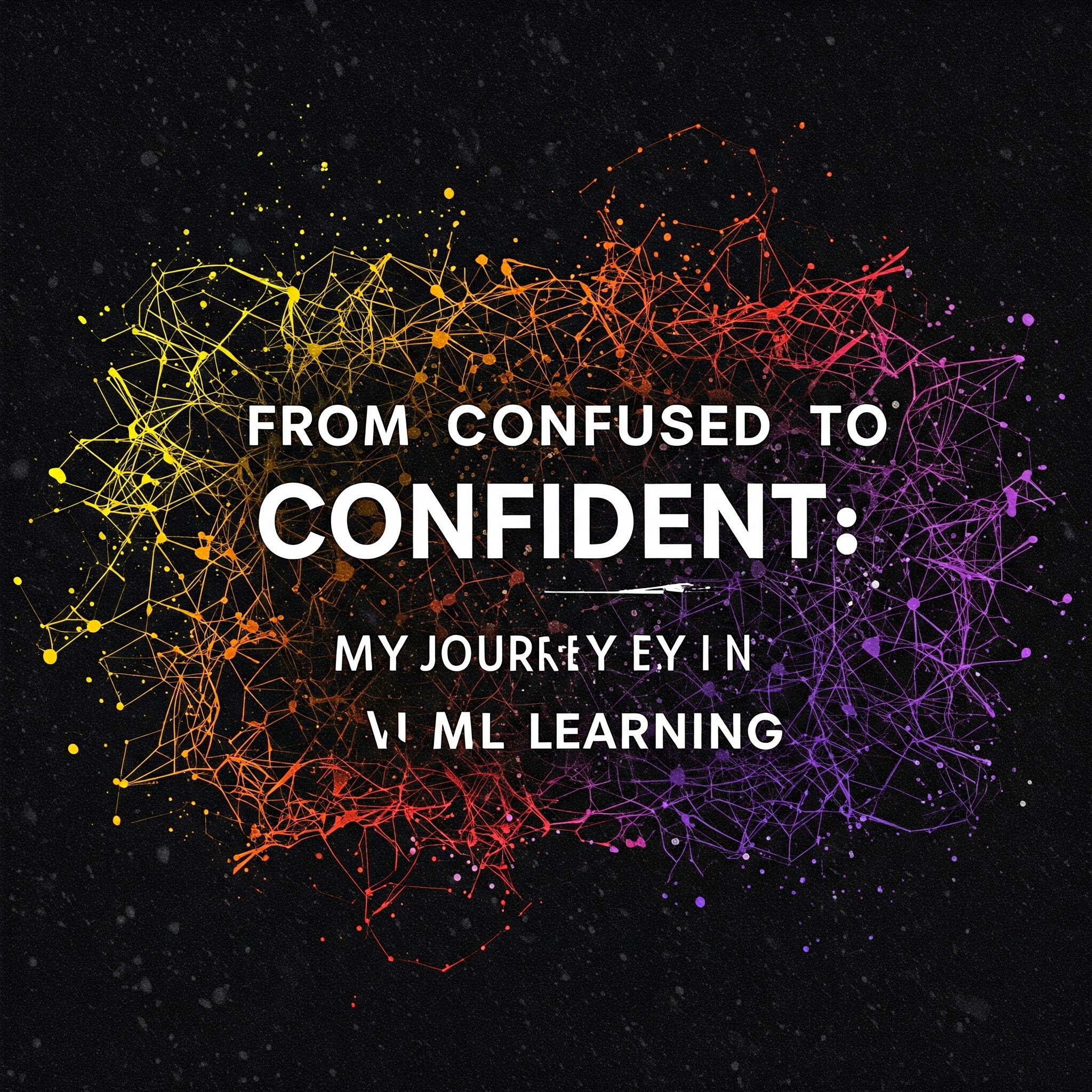Hello everyone! 👋
I'm Nathishwar C, an aspiring AI/ML engineer and current Python Developer Intern. Today, I want to share something every AI student, especially those just starting out, should know — the essential Python libraries that can truly accelerate your learning and project building in AI/ML.
When I first stepped into this vast domain, I felt both excited and overwhelmed. I quickly realized that knowing Python wasn't enough. To bring ideas to life — from building models to processing data — mastering the right libraries was crucial.
Here's my curated list of Python libraries that every AI student should master, along with my personal experience of how they helped me grow. 👇
📊 NumPy
Foundation of numerical computing.
🔹 Why it's essential:
Almost every ML model needs data in array/matrix form. NumPy is lightning fast and forms the base of most AI libraries.
🧠 My tip:
Start with matrix manipulation and broadcasting — they're used everywhere in neural networks!
🐼 Pandas
The go-to tool for data wrangling.
🔹 Why it's essential:
Pandas makes it easy to clean, explore, and manipulate datasets. Whether it's CSV files, missing values, or grouping, it's your best friend.
🔍 My struggle:
At first, I found groupby() and chaining functions tricky. But with practice, they became second nature.
📈 Matplotlib & Seaborn
Data visualization tools that speak volumes.
🔹 Why it's essential:
Understanding your data visually is half the battle in AI. Matplotlib gives control, Seaborn adds beauty.
🎨 What I learned:
A well-plotted graph often tells more than a thousand lines of code. Use .hist(), .heatmap(), .pairplot() to uncover insights.
🔬 Scikit-learn
The backbone of classical machine learning.
🔹 Why it's essential:
From linear regression to decision trees and SVMs, this library covers almost every ML algorithm.
🧪 Real use-case:
I used train_test_split(), StandardScaler, and GridSearchCV extensively in one of my first classification projects. It taught me about model evaluation and tuning.
🧠 TensorFlow / Keras
Deep Learning simplified.
🔹 Why it's essential:
These are the building blocks of neural networks and deep learning architectures. Keras, being high-level, is great for beginners.
⚡ Tip from my experience:
Start with Keras to build basic models. Once you're confident, dive into TensorFlow to understand backend operations and custom training loops.
🔥 PyTorch
Flexibility meets performance.
🔹 Why it's essential:
Favored by researchers, PyTorch offers dynamic computation graphs, making debugging easier.
📘 My takeaway:
It helped me understand the internal mechanics of backpropagation. Plus, the PyTorch community is incredibly welcoming!
👁️ OpenCV
For visionaries in AI.
🔹 Why it's essential:
If you're into computer vision (like I was during my gesture recognition project), OpenCV is gold.
🖼️ Fun project:
I created a hand gesture recognition system using OpenCV + CNN, which deepened my understanding of image processing + model training.
💬 NLTK / SpaCy
Words into data.
🔹 Why it's essential:
For those inclined toward Natural Language Processing, these tools help in tokenization, named entity recognition, and more.
📖 Lesson learned:
Understanding stopwords, lemmatization, and POS tagging gave me an edge in NLP-based assignments.
📊 Plotly / Streamlit
Bringing models to life.
🔹 Why it's essential:
Once your model works, visualizing it interactively or deploying it makes you stand out. Plotly is great for dashboards, and Streamlit is perfect for quick web apps.
🚀 Career booster:
I used Streamlit to host my project during my internship application, and it helped me demonstrate my work interactively!
🌟 Final Thoughts
Mastering these libraries wasn't overnight — it came with practice, failure, debugging, and late-night Stack Overflow hunts 😅. But each step taught me something valuable.
📌 If you're an AI/ML student like me:
- • Start small, build gradually.
- • Don't fear the documentation.
- • Projects > theory — apply what you learn!
I hope this list gives you a roadmap and saves you some of the confusion I had when I began.
Let me know which library you're currently mastering or if you need tips on where to start.
Until next time, keep building, keep coding! 💻🔥
"Learning AI is not about being perfect. It's about being persistent."
— Nathishwar C


